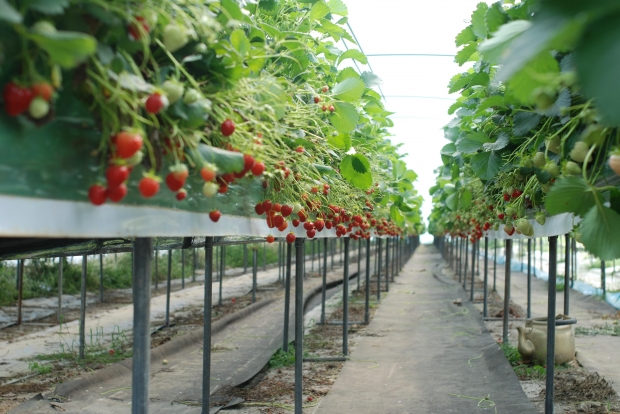 Loading... Please wait...
Loading... Please wait...Save Money. Grow Your Own!
Fast Plain Box Shipping.
We ship to the US & Canada.
Grow Your Own!
A Newbies Guide to Hydroponic Part 3: Feeding
Posted on 30th Dec 2014
Once you have your plants safely in your carefully engineered hydroponic network, one of your major concerns will be how to feed them.
Hydroponic science relies on a complex set of ideas about plant feeding. In addition to acquiring the right chemical makeup for nutrients, growers need to make sure that plants can digest the materials that are in their environment. Scientists have come up with a fancy word for this called ‘chelation.’

In order to make sure that plants grow well, growers have to take specific steps and do certain kinds of research to deliver the right nutrients to the grow area.
Nutrient Makeup
Hydroponic nutrients will need a lot of specific elements that can be found in natural soils. These include items like nitrogen, phosphorus, calcium, potassium, and various vitamins or minerals.
Hydroponic manufacturers create nutrients in complex mixes, so that growers have to do less work in figuring out the chemistry for these products. Growers can choose nutrients formulated specifically for two different stages of growing -- vegetative and flowering phases.
Supplementary Feeding
Sometimes, plants aren’t getting what they need through the roots. It may be a problem with the reservoir environment, or a problem with the root structures themselves. In these cases, growers can use supplementary feeding measures for one, some, or all of their plants.
The most common one is called either ‘foliar feeding’ or ‘fogponics.’ In these kinds of techniques, a mist or spray is applied to the plant leaves and stems. Small glands called stomata take in the resources that will be applied to the plant as nutrients.
Controlling Nutrient Water
Commonly, growers are looking at reservoir water to make sure it is clean and that plants have access to what they need. This means preserving a careful chemistry for the water that is used.
First of all, it means that certain kinds of city tap water and other inferior water products are going to destroy plants. Water has to be clean and pure in order to achieve its effects.
There's also the need to control elements like pH value in the water that helps plants grow. Over time, reservoir conditions change, and buildups can cause problems. Growers have to look at metrics like total dissolved solids and flush the reservoir or otherwise control it as necessary. Often, they use handy pH up and pH down kits to quickly correct issues with excessive pH values.
These are some of the concerns involved in feeding plants all of the way through the grow process. In the next post we’ll talk about some of the other concerns the growers might have as they keep shepherding plants from seeds or seedlings to healthy harvests.
